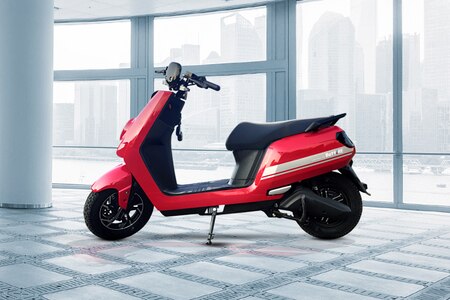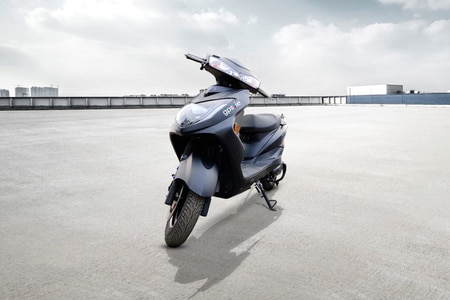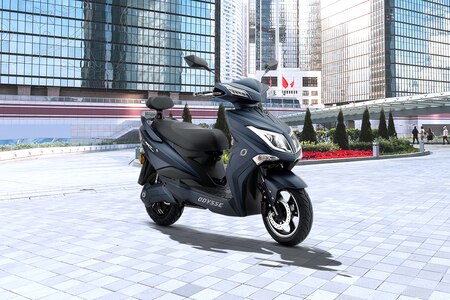This e-motor could revolutionize electric vehicles; built by a 17-year-old boy
- The electric motor uses copper, plastic and 3D printing technology.


A 17-year-old boy named Robert Sansone from Florida, US, has designed and developed an electric motor that could revolutionize future electric vehicles. Sansone claims to have used a more environmentally and financially friendly approach to make the electric motor. So, what's unique about Sansone's electric motor?
Also Read : Maruti Alto K10 to launch tomorrow: Price expectations
As compared to the permanent magnet motors that are commonly used in the current crop of electric vehicles, Sansone turned to a synchronous reluctance motor design, which is often found in fans and pumps. This electric motor doesn’t generate enough torque to power an electric vehicle, though.
Also check these Bikes
The permanent magnet motors leverage the attraction between a spinning electromagnetic field and magnets attached to the rotor to drive the motor and generate energy. A synchronous reluctance motor, on the other hand, does away with the magnets. The design typically features a steel rotor with several slots cut into the disc. As the rotor rotates, the difference in magnetism, or saliency ratio, between the steel and air-filled gaps helps to produce torque.
Sansone’s synchronous reluctance motor has taken a completely different approach. Instead of using cutting slots into the rotor, he used another magnetic field into the fold. However, he didn't disclose what's the exact techniques he used. He used 3D printing technology and elements like plastic, copper wires and a steel rotor. The prototype motor is claimed to have increased 39 per cent torque and 31 per cent efficiency at 300 rpm as compared to the conventional synchronous reluctance motor. It also comes with 37 per cent better efficiency at 750 rpm, but the plastic melts at higher rpm.
According to the boy, rare earth materials used in the current range of electric motors are a major factor that undermines the sustainability of electric vehicles. coincidentally, the rare-earth materials needed in an electric motor can cost hundreds of dollars per kilogram. In comparison, copper is worth just $7.83 per kilogram.








 3.1 kWh
3.1 kWh 60 km
60 km

















